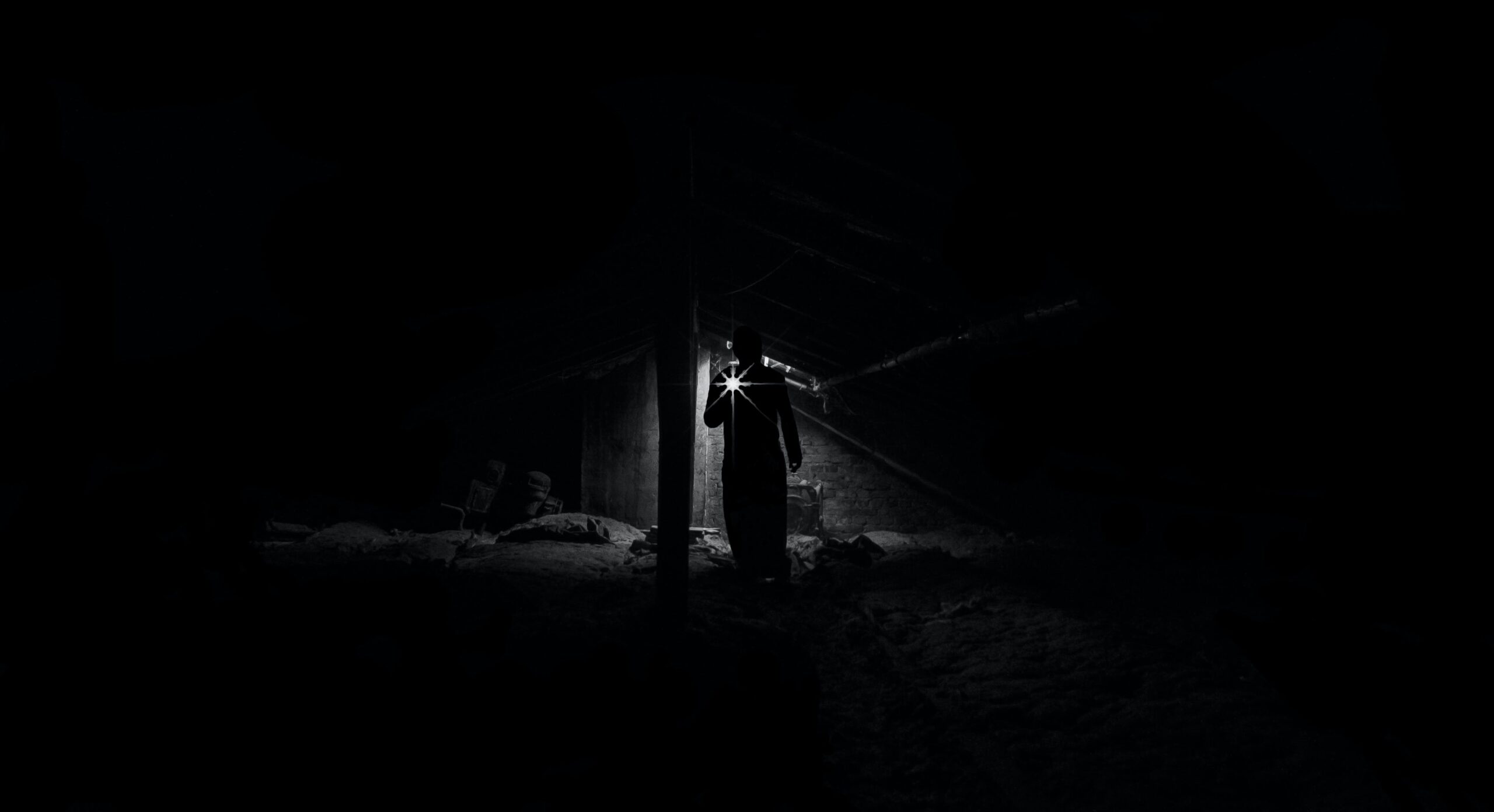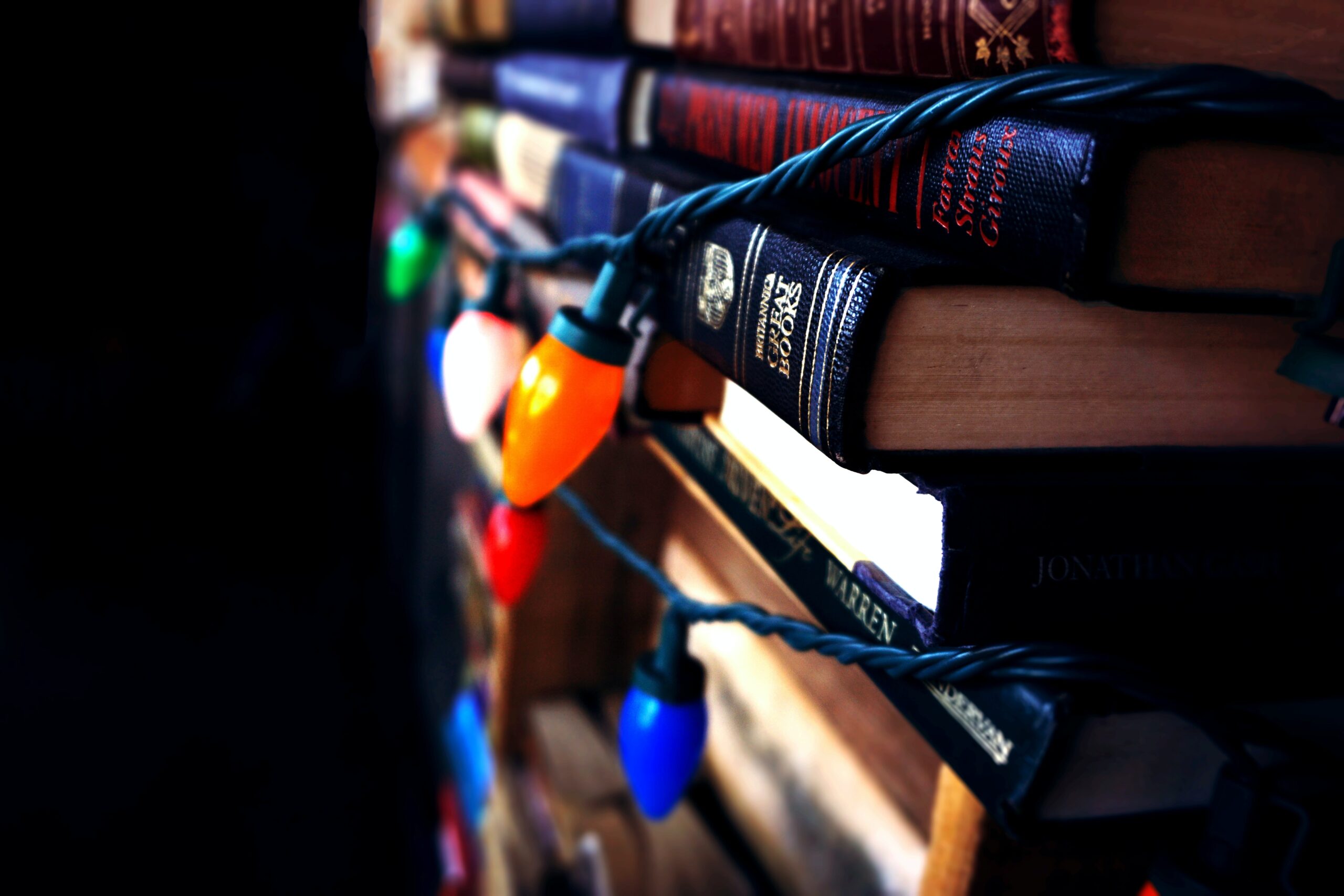How To Write Horror
13.10.23
‘Tis the season to be jolly! No, hang on… we’ve gone too early there…
Before we get to the season of goodwill and put the tinsel up again – and we won’t have to wait long; as I write this, there are only 73 days before Christmas… Eeek! 😳 – Yes, as I was saying, before we get to all that, ‘tis the season to be scary and go all out on the ghostly ghouls for Halloween!
So, what better time to look at how to write horror effectively?
After all, a good horror story is the stuff of nightmares. In fact, it’s the place where our nightmares come alive: the place where our darkest and deepest fears are faced head-on.
Horror stories are not the faint-hearted but for many of us they hold an irresistible appeal. So…
What makes a great horror story?
Essentially, a horror story is a narrative that triggers either of two emotions: fear or shock.
The horror genre comes in many styles and forms. From dark psychological horror that can really mess with your mind to the classic slasher serial killer rampage that has genuine shock value and makes us jump out of our skin.
Regardless of the sub-genre, a horror story’s main purpose remains the same: to scare the living daylights out of you.
So… let’s answer that burning question… “How to write horror?”
Create a sense of fear in your reader
Key to this is to be a master of the dark art of suspense. Don’t show your readers the monster/ghost/maniac axe-murdering psychopath serial killer straightaway. Instead, hint at its presence… focus on the anticipation; let your readers smell the fear – but hang fire on the full reveal.
As iconic horror writer Stephen King once said, “Nothing is so frightening as what’s behind the closed door.”
Add a plot twist
When you’re reading a story, there’s nothing worse than thinking that you’ve got the whole thing figured out. But when you believe you know where a story is heading and then an unexpected curveball is thrown into the mix? Well then there’s nothing better…
Ladies and Gentlemen, I give you the plot twist.
Unexpected twists keep the reader guessing and they can send them into a whole new level of terror and horror.
Use cliff-hangers
A cliff-hanger is the ultimate page-turner – and they are ideal for any horror story.
Picture the scene: a character has spent the best part of the chapter running away from a monster. He thinks he’s escaped: the reader thinks he’s escaped and then…
“As silence filled the room, he heard footsteps in the distance…”
There you have it! – The protagonist and the reader are thrust back into the action and the horror.
Try putting that book down!
And finally… Show don’t tell
Show don’t tell is a writing technique that works well with any genre and any type of descriptive writing. Basically, it means enabling the reader to experience details of a story through character’s emotions, feelings, and by describing sensory details of the scene, as opposed to simply describing events and saying what happens.
It’s a winner in all settings – and a staple of the horror genre.
Looking for more horrifying tips? Check out this article by Knights Of The Borrowed Dark author Dave Rudden, who breaks down his top 3 tips – he’s nailed exactly how to write horror in a captivating way that both draws in and terrifies readers in equal measure.
Perhaps you’d like to discuss how an English tutor could help you learn how to write horror like a pro? If that’s the case, feel free to drop us a quick enquiry.
Happy horror writing!





